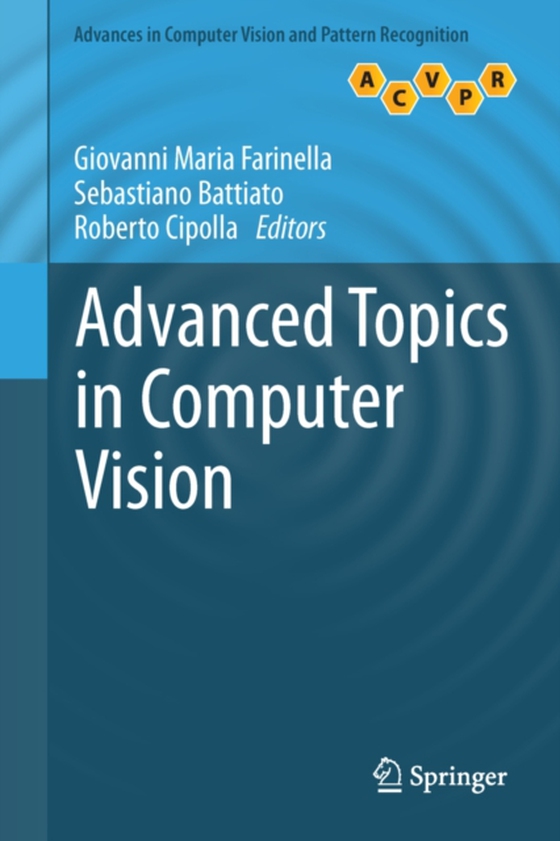
Advanced Topics in Computer Vision e-bog
1094,16 DKK
(ekskl. moms 875,33 DKK)
Computer vision is the science and technology of making machines that see. It is concerned with the theory, design and implementation of algorithms that can automatically process visual data to recognize objects, track and recover their shape and spatial layout. This unique text/reference presents a broad selection of cutting-edge research, covering both theoretical and practical aspects of the...
E-bog
1094,16 DKK
Forlag
Springer
Udgivet
24 september 2013
Genrer
Image processing
Sprog
English
Format
pdf
Beskyttelse
LCP
ISBN
9781447155201
Computer vision is the science and technology of making machines that see. It is concerned with the theory, design and implementation of algorithms that can automatically process visual data to recognize objects, track and recover their shape and spatial layout. This unique text/reference presents a broad selection of cutting-edge research, covering both theoretical and practical aspects of the three main areas in computer vision: reconstruction, registration, and recognition. The book provides an in-depth overview of challenging areas, in addition to descriptions of novel algorithms that exploit machine learning and pattern recognition techniques to infer the semantic content of images and videos. Topics and features: investigates visual features, trajectory features, and stereo matching; reviews the main challenges of semi-supervised object recognition, and a novel method for human action categorization; presents a framework for the visual localization of MAVs, and for the use of moment constraints in convex shape optimization; examines solutions to the co-recognition problem, and distance-based classifiers for large-scale image classification; describes how the four-color theorem can be used in early computer vision for solving MRF problems where an energy is to be minimized; introduces a Bayesian generative model for understanding indoor environments, and a boosting approach for generalizing the k-NN rule; discusses the issue of scene-specific object detection, and an approach for making temporal super resolution video from a single input image sequence.This must-read collection will be of great value to advanced undergraduate and graduate students of computer vision, pattern recognition and machine learning. Researchers and practitioners will also find the book useful for understanding and reviewing current approaches in computer vision.
 Dansk
Dansk

